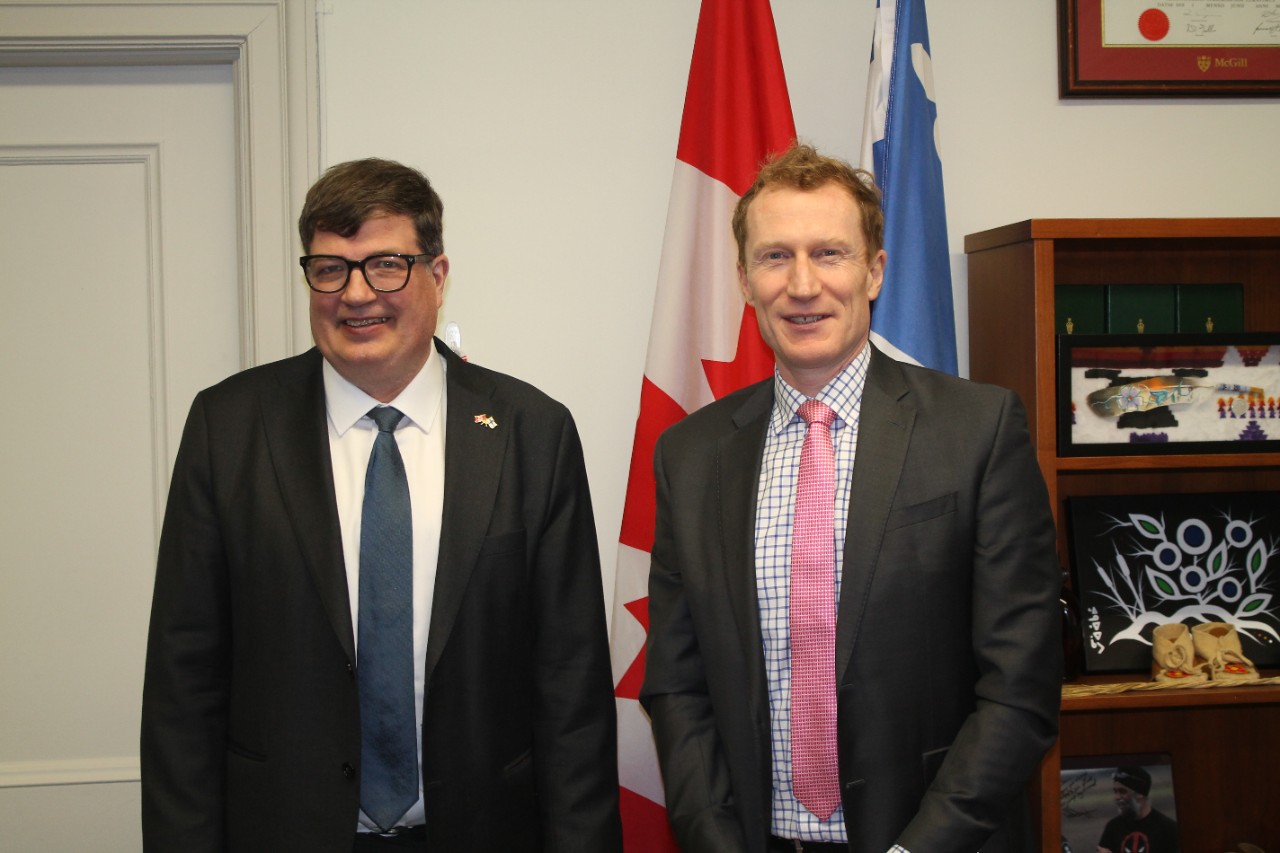CTV News – Canada is on the verge of a significant policy shift regarding its approach to international students. Immigration Minister Marc Miller has recently indicated a potential cap on the number of international students residing in the country. This statement, made during an interview with CTV’s Vassy Kapelos on her show, highlights a growing concern within the government. Miller pointed out the burgeoning numbers as “truly a system that has gotten out of control,” reflecting the government’s anxiety over the issue.
Criticism Faced by the Federal Government
The Liberal government, having set ambitious targets to attract 485,000 immigrants this year and 500,000 in both 2025 and 2026, faces criticism for welcoming an increasing number of immigrants – both permanent and temporary – amidst a severe housing shortage. This concern is further exacerbated by a recent report from The Canadian Press, citing internal documents that warned the government two years ago about the potential housing affordability issues linked to their ambitious immigration targets.
Temporary residents, mainly comprising international students and migrant workers, add another layer to this complex situation. With over 300,000 of them arriving in Canada in just the third quarter of 2023, their impact on the housing market is undeniable. Miller’s consideration of a cap on international students in the first and second quarters of this year is a direct response to alleviate the housing demand pressure.
The Role of Federal and Provincial Governments
The potential cap on international students is not just a unilateral decision by the federal government. Miller emphasizes the need for federal-provincial discussions to ensure that provinces not fulfilling their duties are held in check. He also acknowledges the importance of assessing the financial capacities and academic invitation verifications of potential immigrants.
While acknowledging that limiting the number of international students is not a “one-size-fits-all” solution for Canada’s housing crisis, Miller stresses the necessity of considering this move. He points out that the influx of international students far exceeds the number of houses planned by the federal government. Furthermore, Miller highlights the urgent need to address the aging workforce, indicating that immigration goals are not solely about housing but also about rejuvenating the labor market.
Miller assures that discussions regarding the cap on international students are ongoing and will continue, particularly in coordination with provincial counterparts. He also mentions the financial needs of academic institutions as a significant factor in these deliberations.
The Canadian government stands at a critical juncture, balancing the need to manage the influx of international students with the pressing housing shortage and ambitious immigration targets. While the cap on international students is a considered move, it is not a panacea for the broader challenges Canada faces. The government must navigate this complex situation with careful consideration of the impacts on provincial responsibilities, the educational sector’s financial needs, and the broader economic implications.












